
The SVP and chief strategy and development officer at Aquestive Therapeutics discussed the hope to provide both patients and providers with a more favorable, and still efficacious, option for seizure clusters.

The SVP and chief strategy and development officer at Aquestive Therapeutics discussed the hope to provide both patients and providers with a more favorable, and still efficacious, option for seizure clusters.

Recent data has shown that a start low, go slow approach with cenobamate may mitigate the risk of drug reaction with eosinophilia and systemic symptoms syndrome.
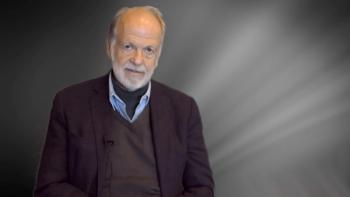
The Director of the UCLA Seizure Disorder Center explained the importance of referring patients with seizures to epilepsy centers.

The largest and longest prospective neuromodulation trial in the field of epilepsy showed about a 75% response rate with patients achieving at least a 50% reduction in seizures.

The Director of the Stanford Epilepsy Center discussed the current activities of epileptologists and considered how this might change in the near future, given advancing technology.

The associate professor of neurology at the University of Rochester shared some of her advice for treating patients with epilepsy and focusing on the patient.

The director of the Epilepsy Program at Children’s Hospital of Philadelphia spoke about the long-awaited advancement brought on by cannabidiol for Dravet syndrome.
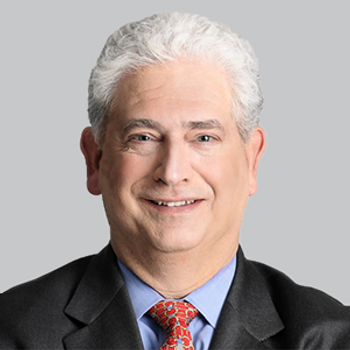
This novel dosage form of diazepam had comparable times to maximal concentration in both 2-hour and 4-hour timeframes.
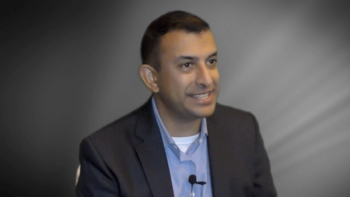
The section chief of pediatric neurology at Nationwide Children’s Hospital and an associate professor of clinical pediatrics and neurology at The Ohio State University College of Medicine spoke about what the findings mean for patients.

The recently approved therapy remained generally well tolerated and improvements in overall condition in Subject/Caregiver Global Impression of Change scores.
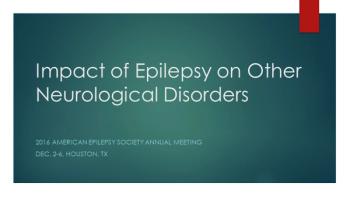
Research from AES 2016 explored relationships between epilepsy and other neurological disorders, including Alzheimer disease, MS, stroke, and autism.

There is a pressing need for effective interventions aimed at enhancing psychological well-being and self-management for epilepsy patients.

Tumor-related epilepsy is poorly controlled by antiepileptic drugs, and the best management of tumor-related focal epilepsies remains controversial.

Case 1 (of 4): Increasingly disruptive behavior and possible deteriorating cognitive function in a young girl with a previous right hemispherectomy.

After failed drug interventions, surgeries, & alternative therapies, is there a point at which to stop additional treatments for intractable epilepsy?

Antiepileptic drugs, insomnia, and obstructive sleep apnea may all affect the already complicated relationship between epilepsy and sleep.

Leading epilepsy researchers speculated on trends in surgery & devices, imaging, medication, bioinformatics, and genetic discoveries.

To improve understanding, Lara Marcuse, MD called for a unified definition of seizure clusters during Epilepsy Therapies Symposium: Risky Business.
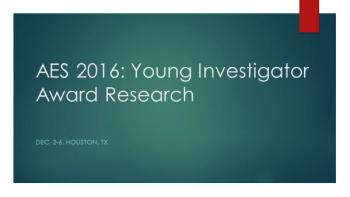
Award-winning basic, translational, or clinical epilepsy research covered cannabidiol treatment, outcome predictions, imaging studies, and more.

AES President Emeritus Dr. Elson So covered discussing SUDEP with your patients & their families and reviewed current and future research highlights.
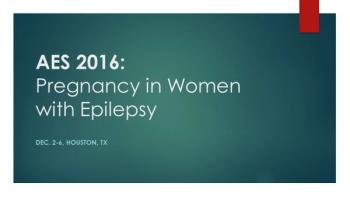
Careful planning and monitoring is important for women with epilepsy who become pregnant. Several studies from AES 2016 address pregnancy issues.

Up to 45% of stroke victims over the age of 60 will develop epilepsy. Researchers at AES 2016 presented risk factors of post-stroke epilepsy.
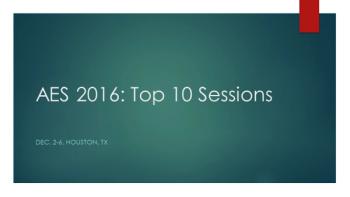
From surgical procedure selection to multiscale imaging to use of the latest drugs, we present a list of 10 not-to-be-missed sessions at AES 2016.
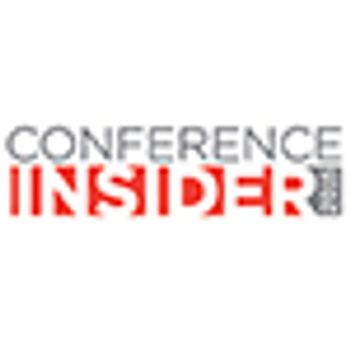
Highlights of recent pediatric epilepsy research include a minimally invasive surgical procedure and genetic testing.

Researchers discussed external devices that would allow individuals to monitor clinical and subclinical seizure activity in their home environment

Results of an MRI study and a 50-year follow-up study shed light on the effects of epilepsy on the brain’s aging process.

Researchers demonstrated promising results in surgical treatment of epileptic encephalopathy and refractory epilepsy.

What exactly should physicians do when presented with interictal epileptiform discharges (IEDs), or spikes?

Important bioequivalence issues regarding anti-epileptic drugs were highlighted at the FDA Town Hall meeting held during AES 2015.

Young epilepsy community members presented late-breaking research on Dravet syndrome, hippocampal neuron activity during seizure, and more at AES 2015.